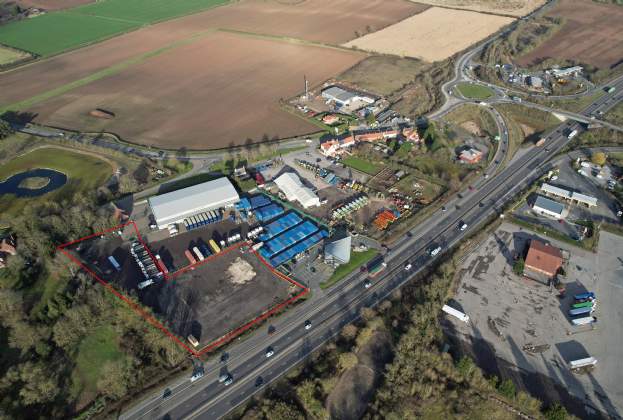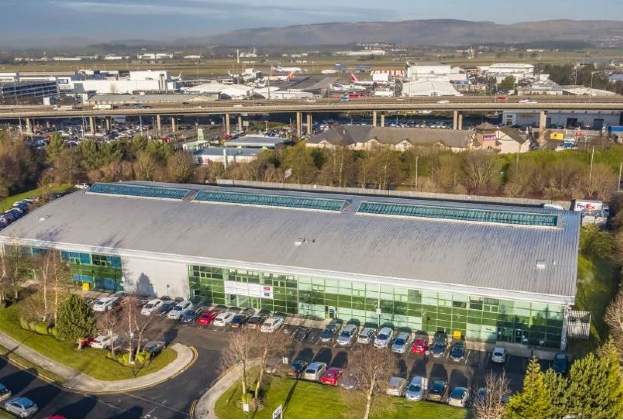According to the Night Time Industries Association (NTIA) the UK’s night-time economy is now worth upwards of £66 billion, proving that the efforts to rebrand London as a 24-hour city appear to be working. This shift has been compounded by changing consumer habits, with delivery slots for online retail purchases down to just one hour, while takeaways now appear at your doorstep virtually at the touch of a button. So, given that nine-to-five no longer applies, is it time to rethink hours of use restrictions that can be imposed by planners on industrial buildings?
The explosion of urban logistics has been less than subtle, with the speed of last-mile delivery services a key selling point for most in the online retail sector. Now, with a distinct lack of industrial supply and the need to be close to customers in order to fulfil time critical deliveries, it is an operational requirement to be located near residential areas. As a result, planning conditions could impose overnight and weekend restrictions on either the movement of heavy goods vehicles or the use of the building itself. This is largely at odds with the pressure businesses are now under to operate up to 24 hours a day.
Planners, rightly, must protect residents but they must also support economic growth and, in many cases, restricting commercial activity conflicts with wider policy. For example, with a greater emphasis placed on the environment, road safety and the need to reduce congestion in cities, it no longer makes sense to confine HGVs to daylight hours. What’s more, very few people now have a conventional lifestyle: night shifts, multiculturalism and the growth of the night time economy itself mean that conditions which restrict activity, particularly on Sundays, should in theory be consigned to history.
The perception that the industrial market is noisy, gritty and polluting is ultimately outdated. In fact, SEGRO’s ‘Keep London Working’ report found that the sector's contribution to the city’s CO2 emissions is just four per cent.
Furthermore, advances in the design and technology of warehouse and residential buildings, alongside the ongoing development of electric vehicles, means that there are now ways of controlling sound and lessening the potential impact on neighbouring residents. Planners can achieve the dual goal of protecting residents while supporting economic growth through noise mitigation features and modern design.
In a city like London there will always be noise of some description. Due to the chronic shortage of housing, residential developers are increasingly seeking opportunities in industrial locations which, arguably, could be considered less disturbing than living next to a railway line or a dual carriageway.
With a night Tube and a night czar in a city that never sleeps, industrial occupiers can no longer afford to switch off. Only once local authorities and planners understand this, will London be able to call itself a true 24-hour city.
Further information
Contact Savills Industrial & Logistics
.jpg)


.jpg)
.jpg)

.jpg)

.jpg)

.jpg)